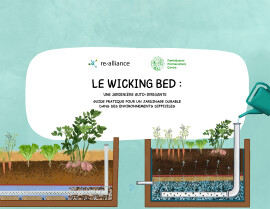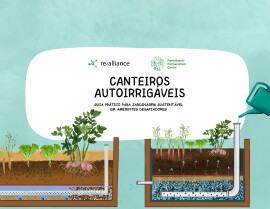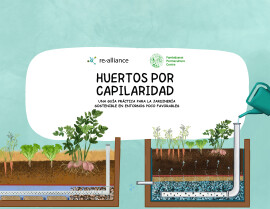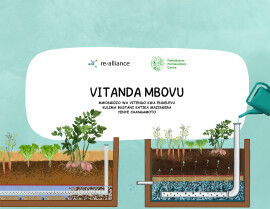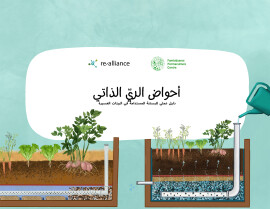
Livestock and Land-use Surveys in Sub-Saharan Africa
Oxfam carries out original research on various aspects of its overseas programme, as part of a constant monitoring process, and in an effort to gain greater understanding of development programmes and practice. Although primarily a tool for institutional learning, some of the resulting reports are of wider interest. As part of its commitment to sharing experience of good practice, Oxfam publishes those reports which describe innovative research projects, evaluate particularly interesting projects or programmes, or are the proceedings of workshops or seminars. The extensive savannah regions of Africa are in a state of transition. There are increasing pressures on land use, as a result of the conflicting interests of farmers, pastoralists, foresters and conservationists. Although arid rangelands have been progressively degraded by drought and over-exploitation, by incorporating local communities' expertise, natural resource management may be improved; more information is needed on the methods used by local communities.
This paper reports on the preliminary analysis of data from extensive low-level aerial surveys and ground studies of livestock and land use in Mali, Niger, Nigeria, Sudan and Chad. The findings suggest unexpected and highly significant correlations between livestock distribution, environmental factors and human activity, which could have far reaching implications for development initiatives in the region.
Published: 1994
Pages: 144
eBook: 9780855987855
: 9780855982843
This paper reports on the preliminary analysis of data from extensive low-level aerial surveys and ground studies of livestock and land use in Mali, Niger, Nigeria, Sudan and Chad. The findings suggest unexpected and highly significant correlations between livestock distribution, environmental factors and human activity, which could have far reaching implications for development initiatives in the region.
| Acknowledgements | |||
|---|---|---|---|
| Introduction | |||
| What determines livestock numbers? | |||
| Unreliable statistics? | |||
| Carrying capacity | |||
| A unique data set: the ERGO database | |||
| Data collection, coverage and contents | |||
| Sites surveyed and data collected | |||
| Accuracy of the data - are they reliable? | |||
| Data processing and analysis | |||
| Preliminary findings | |||
| Relationships between livestock and environment | |||
| Summary of preliminary findings | |||
| Implications | |||
| Recommendations for further study | |||
| References | |||
| Appendix 1 Aerial survey sampling | |||
| Appendix 2 Summary of surveys carried out since 1980 and included within the ERGO data set | |||
| Appendix 3 Regression and correlation analyses - basic principles and a worked example | |||
| Appendix 4 Relationship between livestock and environment | |||
| Appendix 5 Stepwise multiple regression |

